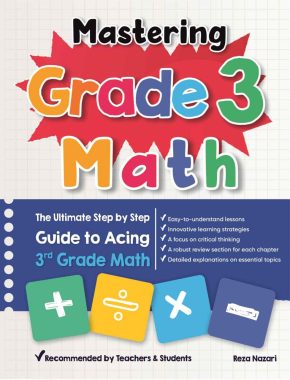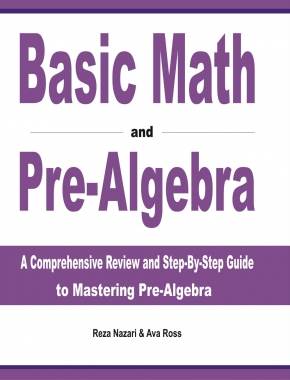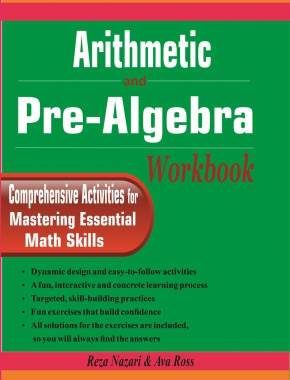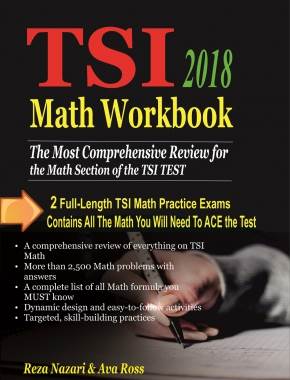Mastering the Art of Integration: Vector-Valued Functions Explored
Integrating vector-valued functions involves computing the integral of functions whose outputs are vectors, typically represented as \(\int \mathbf{F}(t) dt\), where \(\mathbf{F}(t)\) could be a function from \(\mathbb{R}\) to \(\mathbb{R}^n\). This process requires taking the integral of each component function individually, often resulting in a vector of integrals. Applications include computing displacement from velocity in physics and finding the work done by a variable force. Techniques like the Fundamental Theorem for Line Integrals can simplify calculations in fields like electromagnetism and fluid dynamics.

To integrate vector-valued functions, break down the integral of a function \(\mathbf{F}(t)\) that outputs vectors, such as \(\int \mathbf{F}(t) \, dt\), into its components. For instance, if \(\mathbf{F}(t) = (f(t), g(t), h(t))\), calculate each integral separately: \(\int f(t) \, dt\), \(\int g(t) \, dt\), and \(\int h(t) \, dt\). This results in a vector with integrated components, forming a new vector function. Such integrations are vital in applications like physics to determine displacement from a velocity vector function or work done by a force over time. Techniques like the Fundamental Theorem for Line Integrals can further simplify these calculations, proving especially useful in fields like electromagnetism and fluid dynamics where vector fields are common.
Consider a vector-valued function \(\mathbf{F}(t) = (2t, \sin(t), t^2)\). To integrate \(\mathbf{F}(t)\) over \(t\), calculate each component separately:
- \(\int 2t \, dt = t^2 + C_1\)
- \(\int \sin(t) \, dt = -\cos(t) + C_2\)
- \(\int t^2 \, dt = \frac{t^3}{3} + C_3\)
Thus, the integral of \(\mathbf{F}(t)\) is:
\( [
\int \mathbf{F}(t) \, dt = \left( t^2 + C_1, -\cos(t) + C_2, \frac{t^3}{3} + C_3 \right)
] \)
This result gives a new vector function representing the integrated components of \(\mathbf{F}(t)\).
Related to This Article
More math articles
- How to Use Lattice Multiplication Method
- FREE HSPT Math Practice Test
- GED Math Practice Test & Sample [Updated for 2026]
- Using Properties to Convert Traditional and Metric Units
- FTCE General Knowledge Math- Test Day Tips
- How to Define Sine, Cosine, and Tangent
- 6th Grade STAAR Math Worksheets: FREE & Printable
- Using Number Lines to Add Two Negative Integers
- How to Write a Quadratic Function from Its Vertex and Another Point
- Top 10 3rd Grade MEAP Math Practice Questions


























What people say about "Mastering the Art of Integration: Vector-Valued Functions Explored - Effortless Math: We Help Students Learn to LOVE Mathematics"?
No one replied yet.